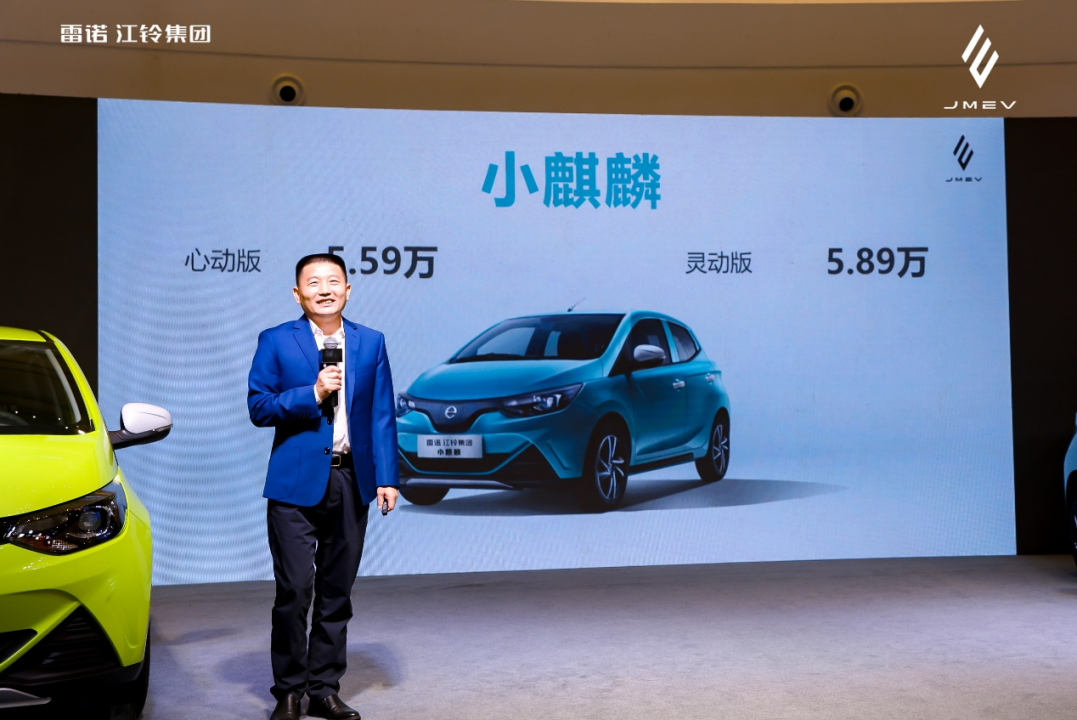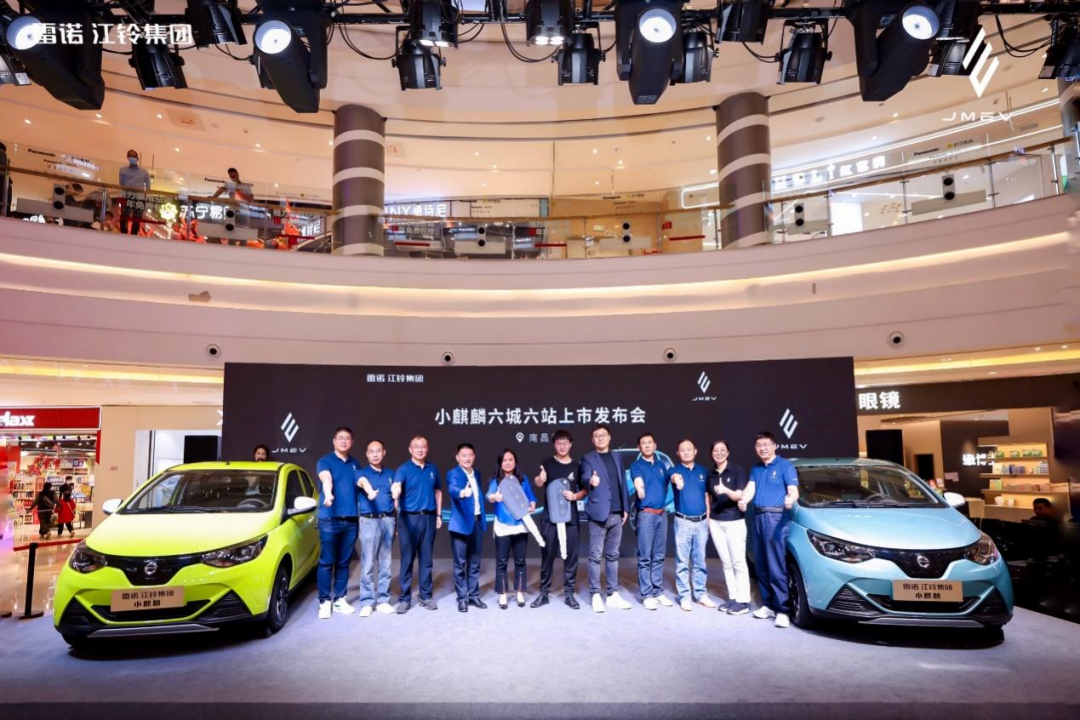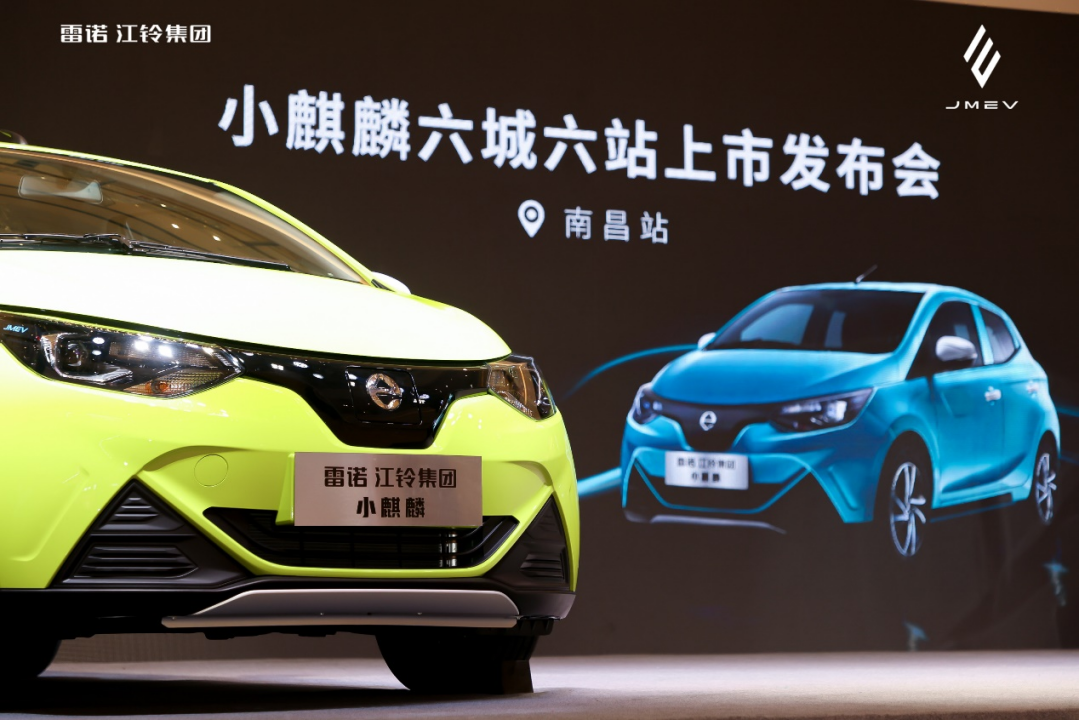On November 11, Renault-Jiangling’s microcar Xiaokilin was launched with a price tag of RMB 55,900 to 58,900.

For this release, Renault-Jiangling chose to use the form of “six cities, six regions” for joint release, inviting car owners and media to participate in Nanchang, Shandong, Henan, Jiangsu, Guangxi, Hebei and other places.
According to Renault-Jiangling’s official introduction, the microcar Xiaokilin is based on JMEV’s pure electric platform, with a front to rear axle load ratio of 49:51 under full load, and the layout is balanced as much as possible. In addition, Xiaokilin uses a high-strength steel-aluminum hybrid body, and the official stated that the proportion of high-strength steel reaches 46 percent.

In terms of power, Xiaokilin is equipped with a permanent magnet synchronous motor with a maximum power of 26 kW and a maximum torque of 84 N·m. Equipped with a lithium iron phosphate battery, the energy density is ≥ 120 wh/kg, and the capacity reaches 15.86 kW.h. The official range is 175 km.

If compared horizontally, the exterior size of Xiaokilin is slightly larger than that of the Macro MINI EV, and the layout also adopts a 4-door design, which is slightly more convenient for passengers. In terms of battery capacity, the difference between the two is not significant: Macro MINI EV has a capacity of 13.9 kWh, and Xiaokilin has 15.86 kW.h. In terms of range, Macro MINI EV has a range of 170 km in NEDC, while Xiaokilin has 175 km in CLTC.
However, Xiaokilin’s top-of-the-line price of RMB 58,900 is about RMB 10,000 more expensive than the NEDC range of 170 km version of the Macro MINI EV. Potential customers in the microcar market are highly sensitive to price, so Xiaokilin is more suitable for groups that need a four-door layout compared to the Macro MINI EV.
This article is a translation by ChatGPT of a Chinese report from 42HOW. If you have any questions about it, please email bd@42how.com.
